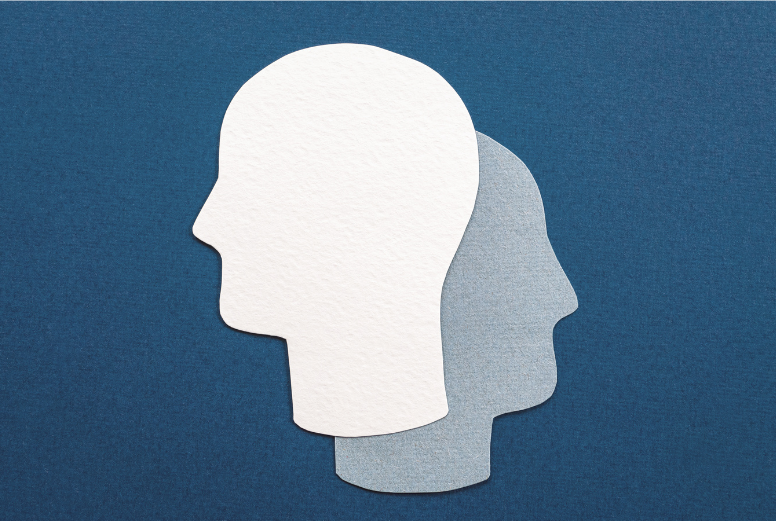
Drawing data from the High School and Beyond (1980-2021), the current study investigates whether the black-white mental paradox persists among older adults and how early life psychosocial resources and SES factors contribute to it. The preliminary results show that black Americans report lower levels of psychological distress than whites after adjusting for SES factors. The difference was reduced to non-significance after the inclusion of early life psychosocial resources, especially adolescent self-esteem. The higher levels of self-esteem possessed by blacks tend to explain partially their lower levels of psychological distress in later life. The two mediating mechanisms, one through self-esteem and the other through SES, counterbalance each other, leading to a null net effect of race. We further test the models on individual items of psychological distress scale. It reveals that after adjusting for both mechanisms, blacks still perform statistically better than whites on two items: “nervous”, and “restless or fidgety”.